Graphics Reference
In-Depth Information
Theorem 9.17.5 says that the curvature tensor at a point is defined by the Gauss
curvatures of the surfaces through the point.
Returning to the subject of geodesics, we now have all the tools needed to define
this concept for arbitrary Riemannian manifolds. Of course, there never was a
problem with a generalization if we base a definition on the property that the curve
is locally of shortest length. Let us quickly look over the definitions we gave in Section
9.10. The first definition we gave for geodesics in surfaces does not easily generalize.
The second definition does easily generalize to curves in an n-dimensional manifold
M
n
in
R
n+1
because we again have a normal vector. The fourth does also, because
generalizing the definition of parallel vector fields is no problem in that case. See
[Thor79]. For arbitrary manifolds, where we have no normal vector, it is the defini-
tion of a geodesic based on parallel vector fields, which is generalized. The key to this
generalization is a definition of the covariant derivative of a vector field along a curve
that we have now.
Definition.
A curve h(t) in a Riemannian manifold
M
n
is called a
geodesic
if the
covariant derivative of its tangent vector field vanishes, that is, (D/dt)h¢ = 0.
With this definition, it is then straighforward to show that geodesics have the same
properties that they had for surfaces. In particular, they are defined by second order
differential equations and there is a unique geodesic that starts at a point with a given
tangent vector there. There is also an exponential map that maps a neighborhood of
0
in the tangent space at a point diffeomorphically onto a neighborhood of the point
in the manifold.
Finally, it is interesting to point out that the geometric invariants for curves and
surfaces that were discussed here can also be derived from a more analytical point of
view. Look back to Equation (9.97) and the comments following it. As a simpler
example, suppose that we want to study a curve
C
at a point
p
. There is no loss of
generality (by moving the curve with a rigid motion) in assuming the
p
is the origin
and the tangent line is just the x-axis. We may also assume that the curve is a graph
of a function f(x) in a neighborhood of
p
. In that case, the Taylor expansion for f at
the origin is
()
=
()
+
2
fx
12
cx
....
It turns out that the constant c is just the curvature of the curve. A similar analysis
can be made for a surface
S
. In that case we may also assume that the point of
interest on the surface is the origin, the tangent plane is just the xy-plane, and the
surface is the graph of a function f(x,y). The two-dimensional Taylor expansion for f
is now
(
)
+
(
)
=
()
2
2
f x y
,
12
ax
+
2
bxy
+
cy
...,
where a = f
xx
(0,0), etc. The principal normal curvatures are just the eigenvalues of the
quadratic form ax
2
+ 2bxy + cy
2
, and so on.


